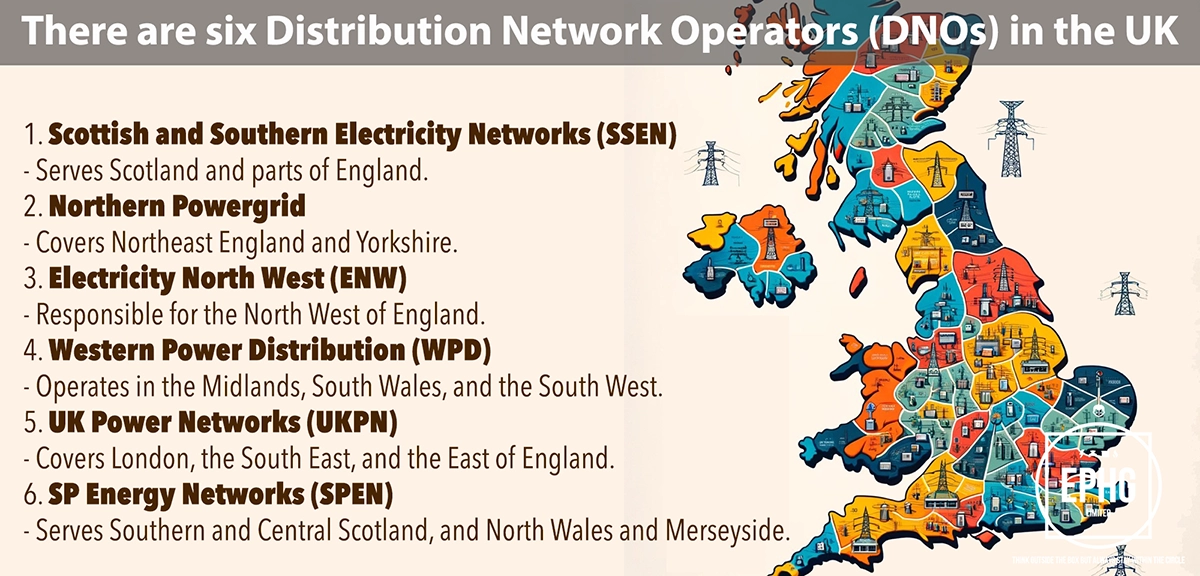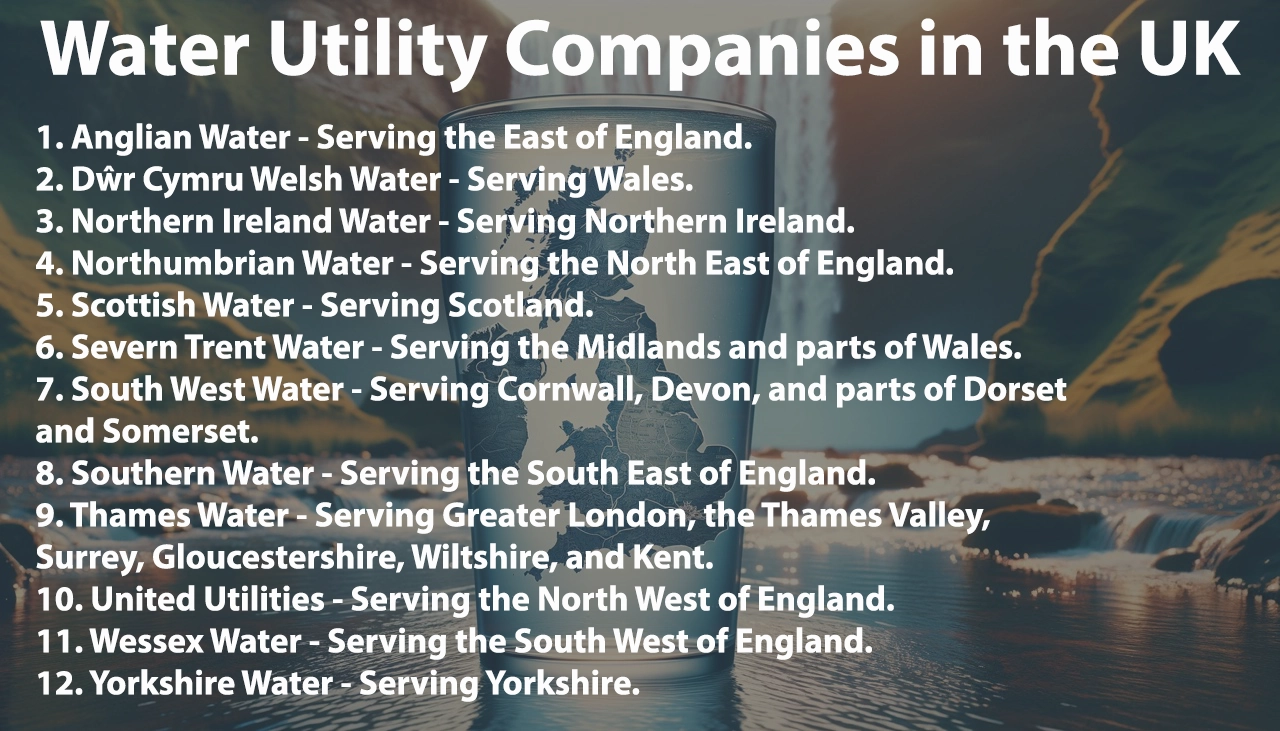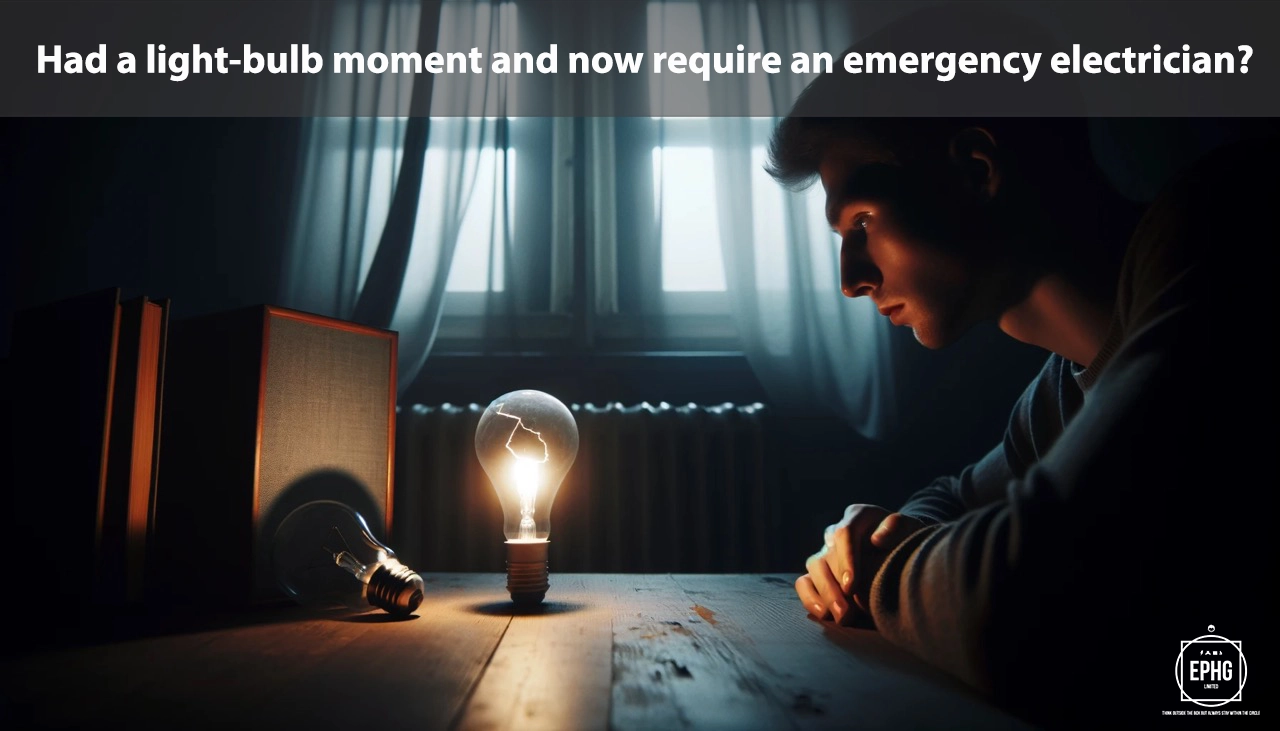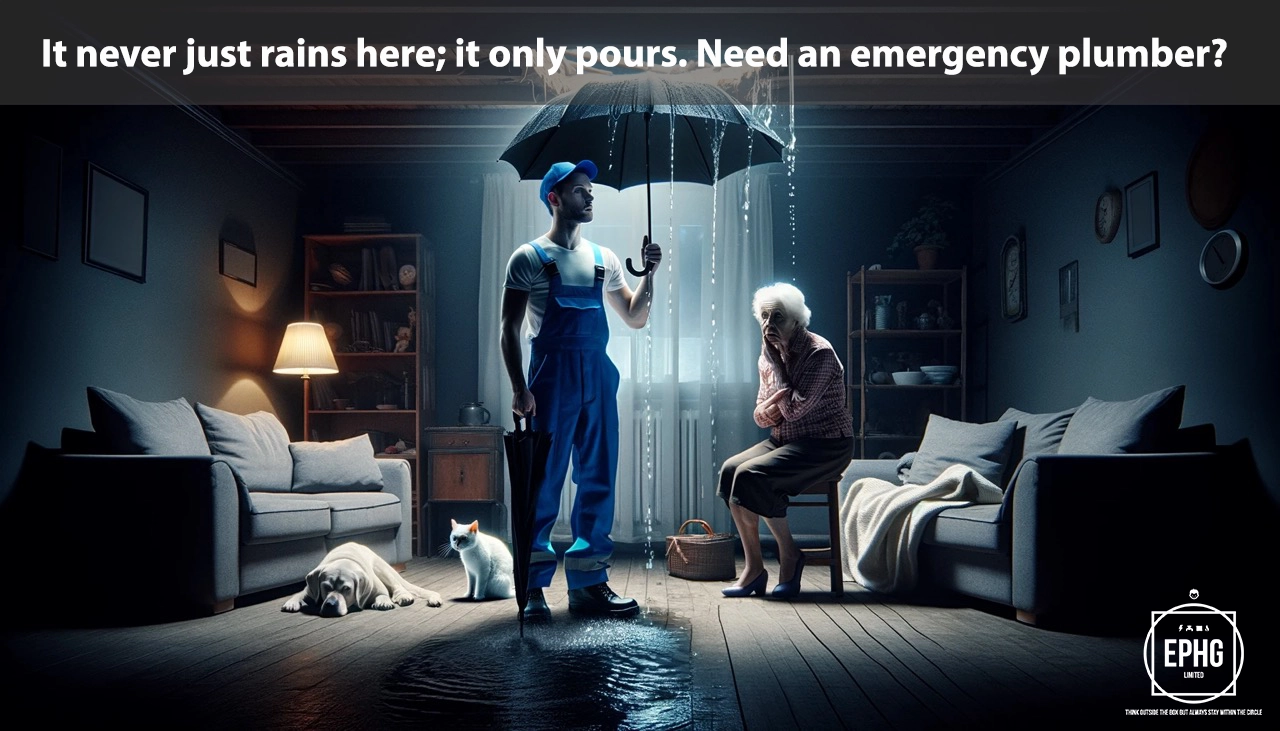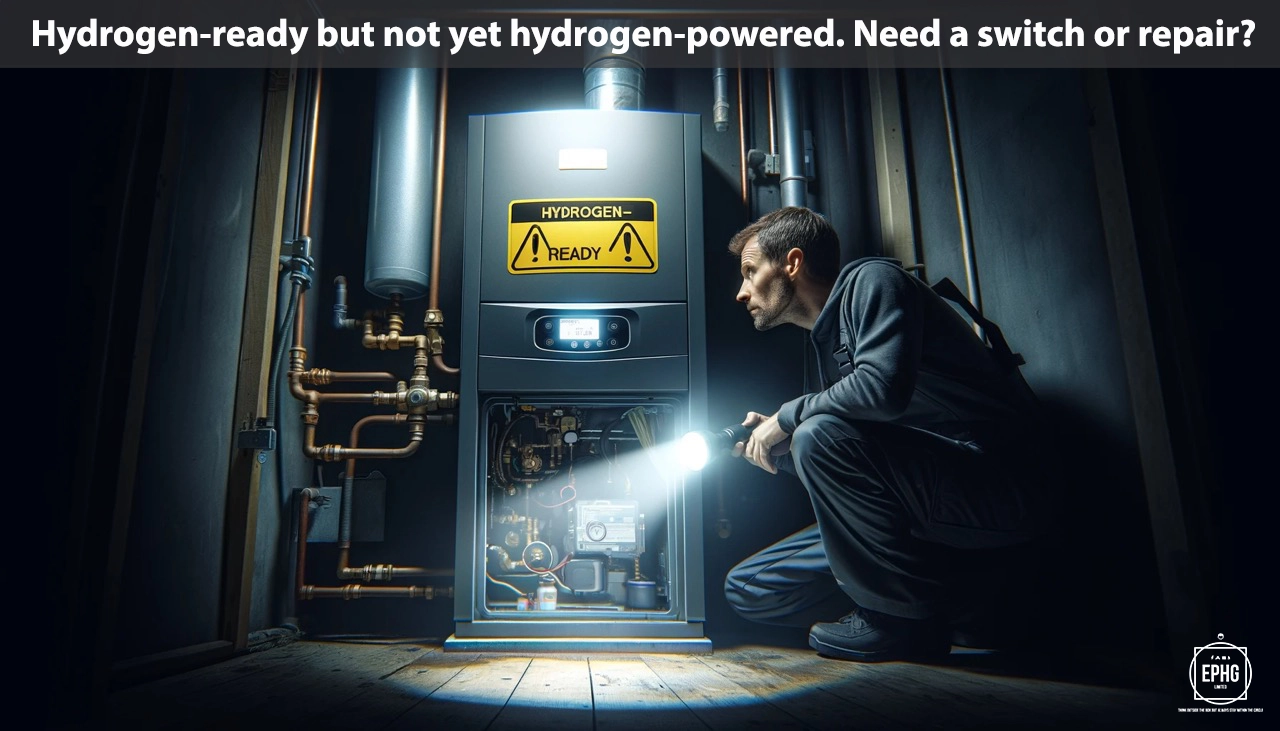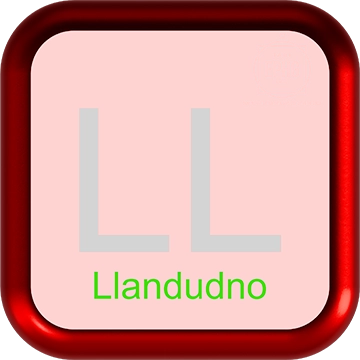
LL Postcodes for Utilities & Services in Llandudno and Wrexham of North Wales
Introduction: The LL postcode area spans a significant portion of North Wales, covering bustling coastal resorts like Llandudno, historic towns such as Wrexham, and the scenic countryside. This document aims to provide insights into the water and electricity supply across these diverse regions, alongside other pertinent information for residents and visitors.
Water in North Wales
Where does the water supply come from in the LL postcode area, and is there ever a shortage of water?
The water supply in the LL postcode area, including Llandudno and Wrexham, is primarily sourced from rivers like the River Dee and the River Conwy, alongside several reservoirs that dot the landscape, such as Alwen Reservoir and Llyn Brenig. Dŵr Cymru Welsh Water manages these resources, ensuring water meets safety standards before it reaches taps. Although North Wales generally benefits from ample rainfall, specific areas, particularly during dry periods, may experience water scarcity. To counteract this, water management strategies are employed, focusing on conservation and efficient usage to maintain a steady supply throughout the LL postcode, from the coastal stretches of Llandudno to the historical depths of Wrexham.
What is the hardness & quality of the water in the LL postcode area, and can this affect your health?
In the LL postcode area, including towns like Llandudno and Wrexham, water hardness can vary. The region generally enjoys soft to moderately hard water, which is kind to appliances and beneficial for those with sensitive skin. Welsh Water ensures that the water quality adheres to stringent safety standards, conducting regular tests for any contaminants. Residents can enjoy high-quality water that is safe for all household uses. Despite the low mineral content typically associated with soft water, it remains essential for consumers to ensure they receive a balanced diet to compensate for any lack of minerals.
Electricity in Llandudno, Wrexham, and North Wales
Where does the electric supply come from in the LL postcode area, and what is the future of energy there?
The electricity supply in the LL postcode area, encompassing Llandudno, Wrexham, and the wider North Wales region, comes from a mix of traditional and renewable sources. The national grid connects this area to power stations across the UK, while there's a growing contribution from local renewable sources like wind farms, particularly those off the North Wales coast, and smaller scale solar installations. Hydroelectric power also plays a part, with several schemes in Snowdonia harnessing natural water flows. The future of energy in the LL postcode area is looking increasingly green, with commitments to expand renewable energy capacity, improve energy efficiency, and reduce carbon emissions in line with Wales' ambitious sustainability goals.
When is hydrogen coming to gas boilers in Llandudno and Wrexham?
While the widespread introduction of hydrogen to replace natural gas in heating systems is still under development, Llandudno, Wrexham, and other areas within the LL postcode are poised to follow national trends and pilot projects. The UK's strategy for hydrogen energy includes exploring its use in residential heating to decrease carbon emissions. The timeline for such a transition in the LL area will depend on the outcomes of these pilot projects and the infrastructure developments necessary for hydrogen distribution. Residents and businesses are encouraged to stay updated with the latest energy innovations and to begin considering how they might adapt to a future where hydrogen and other sustainable energy sources play a central role in heating.
Where Does the Wastewater Go in Llandudno, Wrexham, and North Wales
In the LL postcode area, wastewater from homes, businesses, and industrial sites is collected and treated at various modern facilities before being released back into the environment. For example, in coastal areas like Llandudno, wastewater treatment works are designed to protect the seaside's natural beauty while complying with stringent environmental standards. Similarly, in Wrexham and other inland areas, advanced wastewater treatment processes ensure that the discharge meets or exceeds all regulatory requirements, safeguarding local rivers and streams, such as the River Dee in Wrexham and the River Conwy near Llandudno, and supporting the region's overall ecological health.
Regions and Services:
The LL postcode area offers a wide variety of environments, from the coastal charm of Llandudno to the historic streets of Wrexham and the rural beauty of North Wales. Here are some key regions and their utilities development:
- Llandudno: A Victorian seaside resort that combines classic charm with modern amenities, focusing on sustainable tourism and renewable energy sources alongside traditional utilities.
- Wrexham: As the largest town in North Wales, Wrexham is a center for industrial and technological innovation, boasting advanced electrical and gas infrastructures and a growing interest in renewable energy solutions.
- Anglesey and Bangor: Areas known for their stunning landscapes and university presence, where there is increasing investment in sustainable energy and infrastructure to support both local communities and the environment.
- Conwy, Denbighshire, and Flintshire: Regions that balance historical heritage with modern living, integrating traditional utilities with renewable projects such as wind and solar power to meet the community's needs.
- Snowdonia and the rest of rural North Wales: Areas where the focus is on preserving natural beauty while ensuring access to reliable utilities, with ongoing developments in hydroelectric power, wind energy, and community-led sustainability initiatives.

Regions within the LL Postcode
Llandudno and Coastal Areas
- LL30: Llandudno – A Victorian seaside resort known for its pier, promenade, and Great Orme.
- LL31: Conwy, Deganwy – Historic towns with medieval castles and scenic river views.
- LL32: Conwy Valley – Including areas like Trefriw and Betws-y-Coed, known for their natural beauty and outdoor activities.
- LL33: Llanfairfechan – A small coastal town with beachfront and nature reserves.
- LL34: Penmaenmawr – Known for its beaches and historical sites.
Wrexham and Border Areas
- LL11: Wrexham – The largest town in North Wales, offering urban amenities and historical attractions.
- LL12: Wrexham suburbs and surrounding villages like Gresford and Marford.
- LL13: Western Wrexham, including rural areas and villages such as Rhostyllen.
- LL14: Ruabon, Cefn-mawr – Featuring the Pontcysyllte Aqueduct and surrounding countryside.
Snowdonia and Surrounding Villages
- LL23: Bala – Known for Lake Bala and outdoor sports.
- LL35: Aberdovey – A picturesque seaside village within Snowdonia National Park.
- LL36: Tywyn – Coastal town famous for its railway and beaches.
- LL37 to LL39: Surrounding villages and areas, noted for their landscapes and tranquility.
- LL40 to LL49: Includes places like Dolgellau and Porthmadog, gateways to the heart of Snowdonia.
Anglesey and the North West
- LL58 to LL78: Encompasses the entire Isle of Anglesey, featuring towns like Holyhead, Beaumaris, and Amlwch, known for their maritime heritage and natural beauty.
